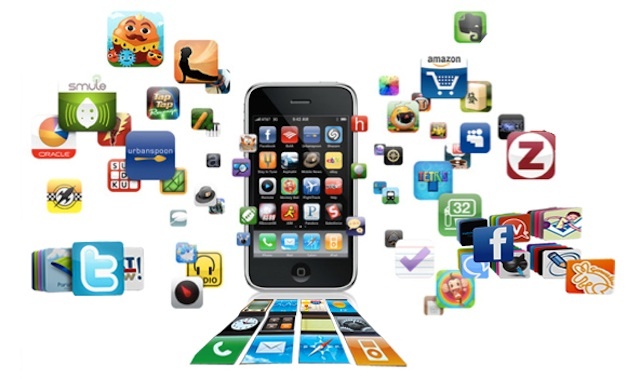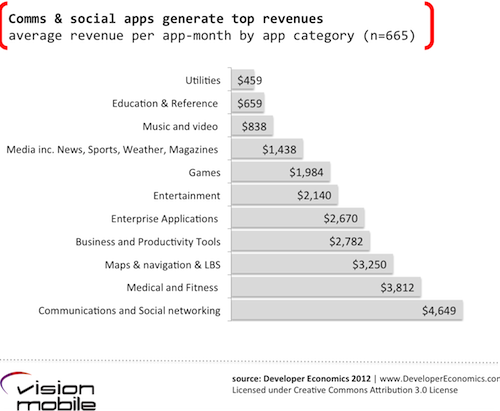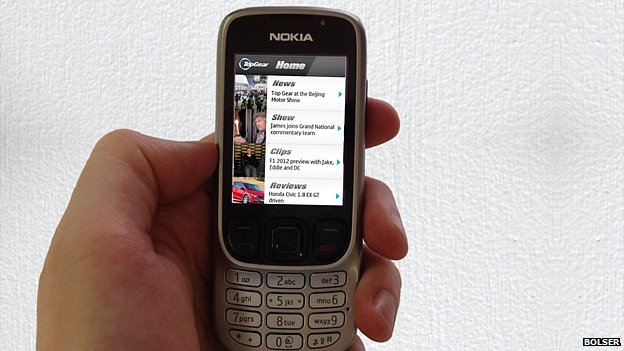Introduction
210 million smartphones were sold in the first three months of this year, this is according to Gartner’s Q1 figures for mobile handset sales. There are already 1.08 billion smartphone users in the world and the number continues to grow. This growth plus the adoption of tablets (which is also growing at a blistering rate) has opened up a potential gold mine for the programmer. The world of the mobile application.
The global market
The global mobile app market is growing rapidly. 2013 is expected to see 82 billion downloads of apps while 2012 experienced 46 billion downloads. This contrasts strongly against the all-time cumulative figure of 37 billion that was there in 2011… WHY ALL THE STATS? because I want to bring to my fellow Zimbabwean’s attention the growth of the mobile app market and how you/we can also benefit from it. The global mobile app market is now worth over $50 billion but Africa has almost no share of this mouth-watering cake, yet nothing should stop us from dipping our hands in.
How much does one app make?
Now the question, how much money does the average app developer make. It depends. There are basically two types of apps, the free-download apps and the premium ones, both types generate money for the developer. A free-download app generates money through advertising, and how much revenue it brings in is dependent on how widely it has been adopted. The more famous the app is the more money the developer gets from advertising. It is therefore a good idea to develop an app targeting a wide market and then make it a free-download. If the app penetrates significantly, companies will contact you wanting to advertise on your app, if they don’t, you can go out and look for advertisers yourself. It is also a good idea to have a solid marketing strategy to enhance your app’s uptake.
Premium apps generate money during downloads. The average price of a premium app on Google Play is $2.02. You can also make money using adverts but be careful; people don’t expect to see adverts on an app they have paid for. When a premium app gets downloaded from an application store, the store keeps a certain percentage of the money while the rest goes to the developer. On Google Play for example, Google keeps 30% of the app’s price while the developer gets 70%. Yes, I know Google takes too much but what if the app gets downloaded a thousand times in one day, I wouldn’t complain. Anyway other application stores like the App Store (for Apple) have better offers.
The graph below shows average revenue per app per month for eleven categories.
Outliers have been removed, like Angry birds which made $200 million in 2012 (I am an Angry Bird fan). The values shown above have been averaged across all major platforms, i.e. Android, Symbian (for Nokia), IOS (for iPhone), RIM (for Blackberry) etc. Again not all the apps in that graph are as high-tech as Angry Birds or Photoshop lite, some are as low-tech as recipe apps, diary apps and dictionaries. However such low tech apps will obviously not make as much as Angry Birds does.
Potential for the Zimbabwean
The beauty of a mobile application is that it can be tailored to suit various markets, local, continental or global. The success of a mobile app tailored for the global market is very loosely dependent on the location of the developer. It does not matter whether you are in Zimbabwe, you still can benefit from mobile app market in say Thailand (which had the highest downloads in 2012).
A programmer basically develops an app and uploads it onto an application store e.g. Google Play. After that the application is ready to be sold to the world. The person who downloads is little likely to check from which country the app was developed from, unless the person is a racist. One country that is definitely going for the app mine with both pick and shovel is India which currently has over 9 thousand companies developing mobile apps for both local and global markets.
Zimbabwean Universities and polytechnics are producing hundreds of computer science graduates plus those with other related qualifications per year (degrees and diplomas). Some of these guys struggle to find jobs, and some with a huge passion for programming find themselves with tasks of installing antiviruses, operating systems, and pinging through networks. But some are fortunate to find what they really want and make money doing it. My idea for the less fortunate guys who love programming is why not team up, call yourselves the “A team”, research and plan on how you can develop relevant mobile apps for the local, continental or the global market.
Examples of apps that made it
We wrote an article last month about Gift Gana our own Bulawayan who made a simple flashlight app for the Symbian platform, called the Avelgood. The app got downloaded 4 million times in a space of 1 year. So our A team don’t have to develop something as high-tech as Angry Birds, an app as simple as Coloring Doodle will suffice for a start.
Other examples from India
An example which is a little bit more high-tech from India is the app Parking Frenzy (parking game) which was created by the Mumbai-based Games2Win. This emerged as one of the topmost downloaded apps in US and UK with 10 million downloads from Apple users. The Indian company admits to making $3000 dollars per day on Parking Frenzy through advertising. The company has more than just one such hit.
Another example of a simple app that was developed away from the target market is the feature phone version of BBC’s Top Gear news app. This was made by Bolser in UK and is very successful in East Asia. The app basically gets data from BBC and simplifies it i.e. removes video, scale down pictures etc. and generates a very simple layout that is outputted on a feature phone.
Closing scenario
Let’s say that you have discovered on Google Trends that the US is making a thousand searches for African recipes per month. And then you develop an app that guides a chef how to prepare African dishes like sadza and mufushwa, you call your app Afrolicious. This app however generates only $500 per month. This is still a good figure if you are fast and you can make 5 more simple apps in one year. That will effectively increase your revenue by 500%, which will now be $2,500.
The following year should see you with enough confidence to start developing a more complex app for Apple’s App Store. Let’s say one that uses the phone’s geolocation capability to constantly track where your driver is (or whoever you want to track) and buzz your phone once the driver enters a radius of 100 metres from you. Hint: It’s not that difficult on an iPhone using HTML5.
Examples of apps developed in Africa that have made it: 2go, Mxit, Afrinolly, Mocality, iCow, M-Farm, Matatu, MAMA, kasha.mobi
Next article, we will be talking about the first steps of being mobile app developer, stay tuned.



9 comments
well written summary
Visit http://www.mobility.co.zw
Thank you very much for the link. Its quite interesting that we have a mobile app store of our own
Yeah thats a nice website with a clean look and feel.
ZwB – Best zimbabwean app sofar
Hi, where can I find this ZwB App
Well said Kelvin Muza
How does Apps like WhatsApp and Viber make money. I wanted to develop such app tailor-made for Zimbos. I need an insight before I take this on.
Hi I’m looking for a mobile app developer, contact me please if you are interested… you need experience in C# as well as Android Development… you can whatsapp me on 0773212212. Serious people only please.